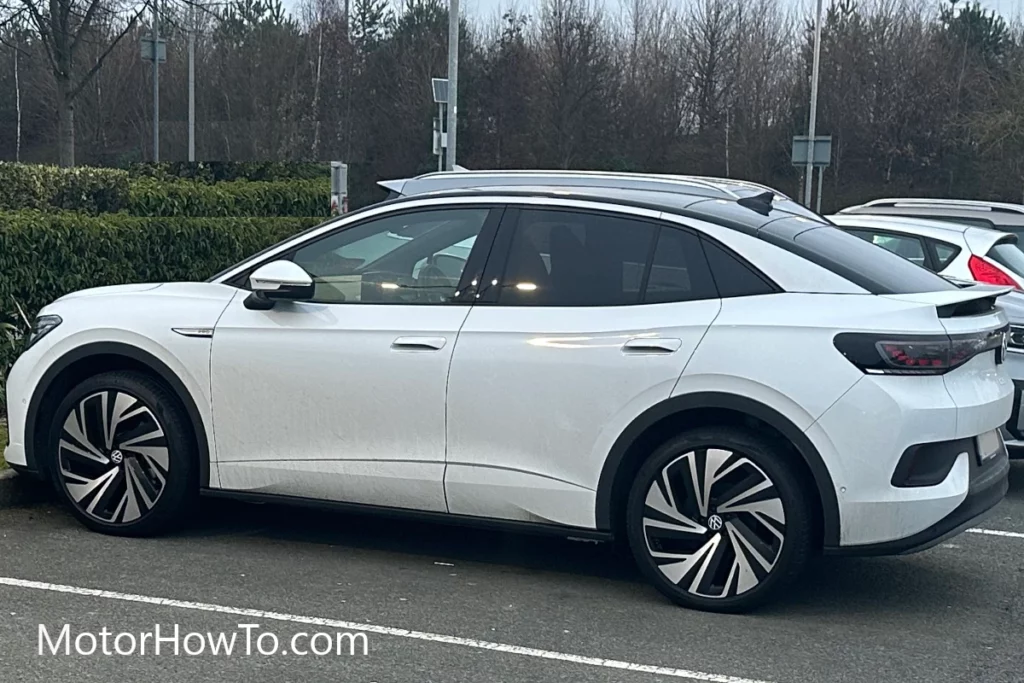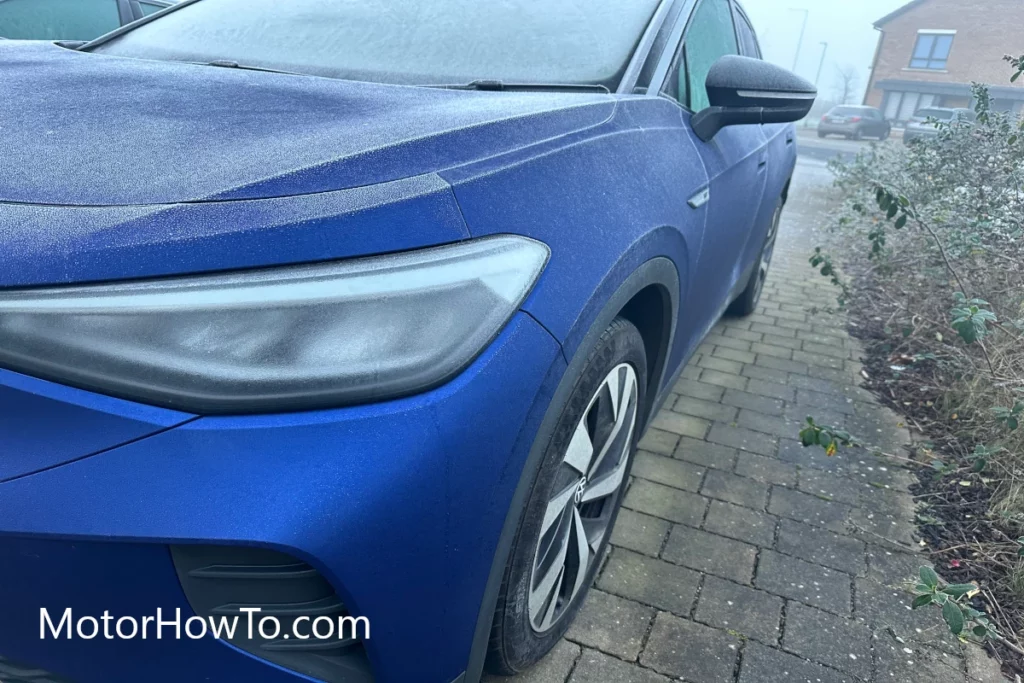The Tesla electric vehicle is a marvel of modern engineering, known for its cutting-edge technology and sleek design.
One aspect of the Tesla that often goes unnoticed is the sophisticated climate control system, which includes interior air conditioning (A/C) and a heater.
Understanding how these systems work is essential for Tesla owners and enthusiasts.
A Tesla’s interior A/C and heater use the same electric motors that power the car. The electric motors generate heat, channeled into the car’s cabin to heat it. The A/C system uses air conditioning to cool the air.

A Tesla’s interior A/C and heater use advanced technology to regulate the temperature inside the vehicle. The AC works by removing heat from the air and expelling it outside the vehicle, while the heater warms the air by drawing energy from the car’s battery.
The systems are controlled by a sophisticated computer system that considers various factors such as the temperature outside, the battery charge level, and the desired temperature inside the vehicle.
The A/C and heater in a Tesla are not just ordinary systems but rather crucial components of the vehicle’s overall performance and efficiency.
Related:
- How Do Electric Cars Provide A Heater? (Explained For Beginners)
- How Many Miles Does The Average EV Motor Last? (Answered)
- How Do I Change A Tire On An Electric Car? (Solved)
Should I Warm Up My Tesla Before Driving?
Warming up a vehicle before driving was once a common practice, but it is no longer necessary with modern vehicles.
Tesla electric vehicles are designed to be driven as soon as they are turned on, without needing any warm-up time.
This is because Tesla vehicles use a different type of power source and drivetrain than traditional gasoline-powered vehicles.
The power source in Tesla is an electric battery, which provides immediate and consistent power to the vehicle’s motor. This means no need to wait for the engine to warm up before driving.
In addition, Tesla’s electric drivetrain provides instant torque, meaning the vehicle is ready to move as soon as the driver steps on the accelerator.
So, the answer to whether or not you should warm up your Tesla before driving is simple – there is no need to do so. Just get in, turn it on, and start driving.
What Happens If Tesla Cabin Gets Too Hot?
A hot cabin in a Tesla vehicle can be uncomfortable and potentially dangerous, especially in extreme temperatures.
To solve this issue, Tesla vehicles are equipped with an advanced climate control system that regulates the temperature inside the cabin.
The system takes into account various factors, such as the temperature outside, the battery charge level, and the desired temperature inside the vehicle.
Tesla vehicles are designed to keep the cabin at a comfortable temperature, and the climate control system will automatically adjust to ensure the best possible experience for the passengers.
If the cabin gets too hot, the climate control system will automatically adjust to cool down the cabin.
This may involve increasing the airflow through the air conditioning system or opening windows and sunroofs to allow air circulation.
If the battery charge level is low, the system may also limit the use of air conditioning to conserve energy.
Are Teslas Good In Extreme Cold Weather?
The electric battery and drivetrain are designed to operate effectively in cold temperatures, but you may still impact their performance.
You may reduce the battery’s range and overall performance in extremely cold weather as the battery’s energy storage capacity decreases in low temperatures.
Teslas are equipped with features to handle extremely cold weather, but their performance may still be affected by the conditions.
Despite these potential challenges, Tesla vehicles are equipped with features to help mitigate the effects of extreme cold weather.
For example, you can use the vehicle’s heating system to warm up the battery and drivetrain components before driving, improving performance.
The cabin heating system is also designed to provide passengers with a comfortable and warm environment.
Overall, Teslas are equipped to handle extremely cold weather.
Also, Tesla’s advanced traction control and all-wheel-drive systems provide improved handling and stability on snowy or icy roads.
Still, it’s important to be aware of the potential impact on performance and to use the available features to maximize their effectiveness.
At What Temperature Do Teslas Lose Range?
The exact temperature at which a Tesla will lose range can vary. The battery’s energy storage capacity decreases as temperatures drop, reducing the vehicle’s range. This is common with all-electric vehicles, not just Teslas.
It’s essential to be aware of the potential impact of cold weather on a Tesla’s range and to plan accordingly. For example, a vehicle with a range of 300 miles may only be able to travel 250 miles in extremely cold weather.
Typically, the range of a Tesla can drop by as much as 10-20% in extremely cold temperatures.
You can use the vehicle’s heating system to warm up the battery and drivetrain components before driving, improving performance and range.
Using regenerative braking and optimizing climate control systems can also help conserve energy and maximize the vehicle’s range.
How Do AC And Heat Work In An Electric Car?
The air conditioning (A/C) and heating system work differently in an electric car than in traditional gasoline-powered vehicles.
Unlike gasoline vehicles that rely on engine heat to warm the cabin, electric cars use electricity to heat and cool the cabin.
This electricity is drawn from the vehicle’s battery, which means that the A/C and heating system can impact the vehicle’s range.
An electric car’s A/C and heating system typically consists of a compressor, an evaporator, and a heater core.
The compressor circulates refrigerant to cool the cabin, while the heater core uses electricity to warm the cabin.
The vehicle’s climate control system controls the system, which you can adjust to the desired temperature.
In an electric car, the A/C and heating system can be operated independently of the vehicle’s drivetrain, providing a comfortable and efficient climate control experience.
The efficiency of an electric car’s A/C and heating system will depend on various factors, such as the battery capacity, outside temperature, and driving conditions. It’s essential to be mindful of the impact of the A/C and heating system on the vehicle’s range and to use the system efficiently.
For example, using the system efficiently, such as pre-cooling the cabin before driving, using the most efficient air conditioning settings, and using the regenerative braking system, can help conserve energy and maximize the vehicle’s range.
Conclusion
The Tesla electric vehicle has a sophisticated climate control system that includes interior air conditioning (AC) and a heater. These systems use electric motors to generate heat or cool the air, which is regulated by a computer system that considers various factors such as temperature and battery charge level.
Teslas are designed to be driven as soon as they are turned on without the need for warm-up time and are equipped to handle extreme temperatures, although the weather conditions may impact their performance.
You may reduce the range of a Tesla in cold weather, but the heating system and regenerative braking can help improve performance and range. Overall, understanding how the AC and heater work in a Tesla is crucial for owners and enthusiasts.
Sources
Tesla Model Y Is First Tesla Vehicle To Come With A Heat Pump
Cold Weather Best Practices – Tesla
Tesla will add the ability to customize Cabin Overheat
Tesla Vehicles Are Among the Most Efficient EVs in Winter



